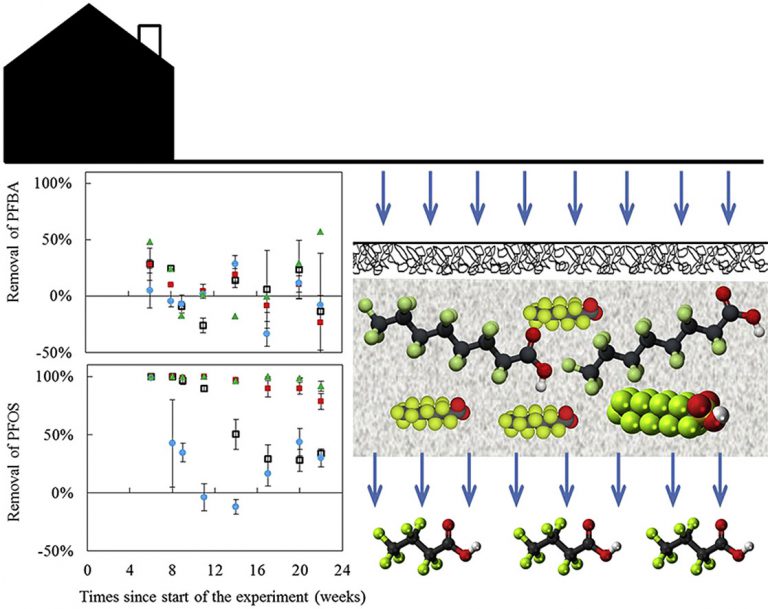Sahar Dalahmeh, Researcher at our group along with Manfred Lübken is co-editing a special issue in the journal, Applied Sciences published by MDPI. The special issue focuses on “Biochar for the Environmental Wastewater Treatment”. Paper submissions are invited along the following lines:
Filtration systems are, in general, characterized as low cost, easy to operate and they have a low space requirement. Filter material should have, e.g., a large specific surface area, low bulk densities and should be locally available where wastewater treatment is to be installed. Recently, biochar has been demonstrated to be effective in the removal of organic and inorganic constituents, heavy metals or microorganisms from contaminated water. Compared to many other filter materials, biochar has the advantage that it can be produced from locally available biomass and can be used as a soil amendment after wastewater treatment. The aim of this Special Issue is to discuss both the potential and limits of biochar as a filter material for wastewater treatment.






 The saying ‘we are what we eat’ is only part of the story. What we eat is what we excrete, and this means plant nutrients. Human excreta contain the same nitrogen, phosphorus and potassium (N-P-K) as the fertilisers used to produce the food consumed (
The saying ‘we are what we eat’ is only part of the story. What we eat is what we excrete, and this means plant nutrients. Human excreta contain the same nitrogen, phosphorus and potassium (N-P-K) as the fertilisers used to produce the food consumed (